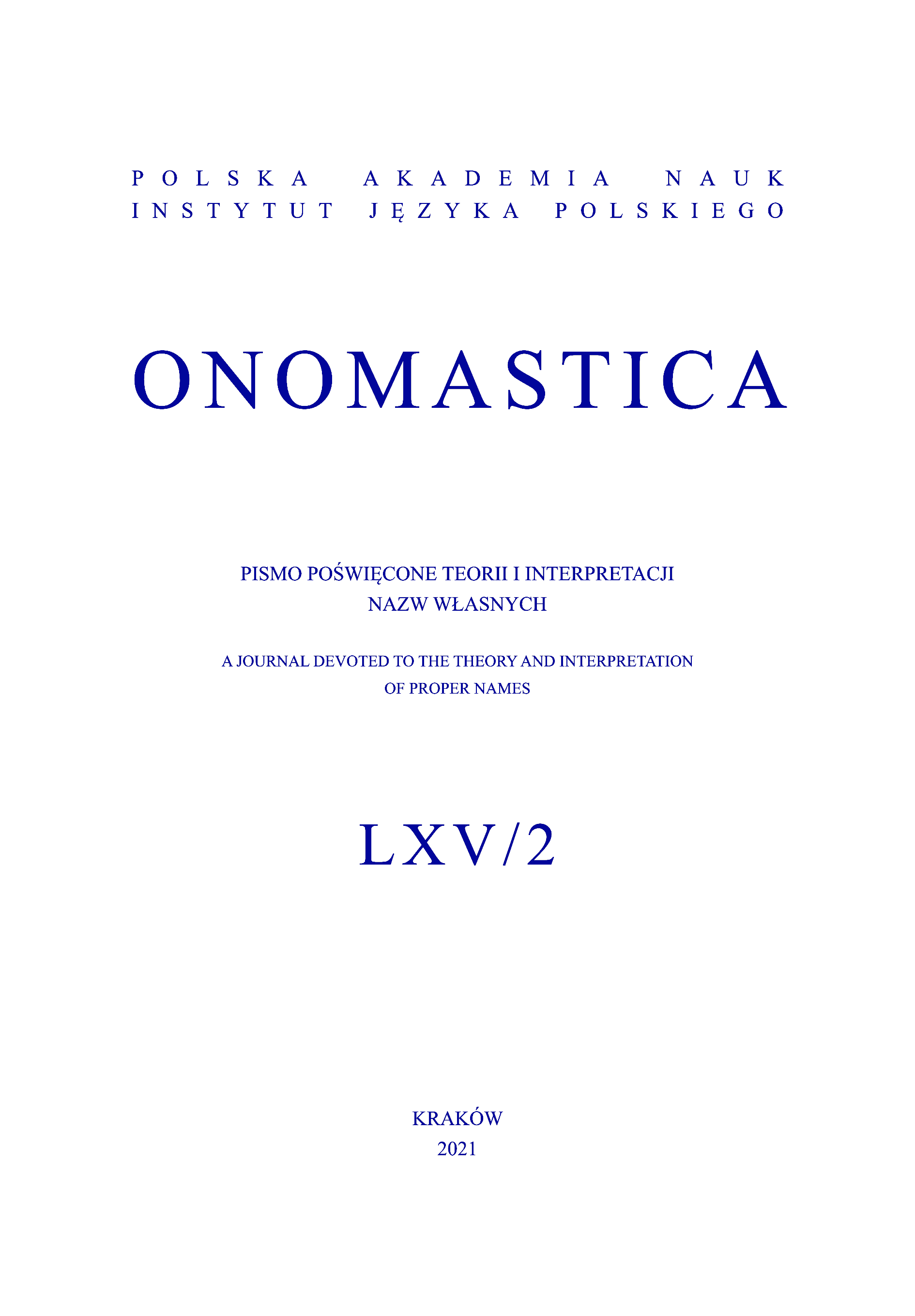Abstract
The paper deals with some language strategies in the domain of the adaptation of foreign brand names (trade names) in Taiwan (ROC) in the context of Chinese language, society and culture. It also presents the results of the author’s investigation into 50 Chinese/Taiwanese adaptations of brands of foreign food products. In the Chinese naming culture, proper names are predominantly semantically transparent and most members of Chinese society still believe that names can influence the fate of the objects named. It is evident, that brand names play a crucial role in the marketing of products and in their acceptance by the consumers, and ultimately their purchase decisions. Good and pleasing brand names contribute to the success of products, while improper and ugly names may contribute to their failure. In a time of globalization, many foreign products and brand names occur in Chinese-speaking countries, such as the PRC and Taiwan, probably the largest consumer markets in international business. Consumers’ behavior and language are usually among the major barriers to the international market, so it is important to know the linguistic and social content of Chinese names and typical language strategies for the adaptation of Western brand names.
References
Chan, A.K.K., & Huang, Y. (1997). Brand naming in China: a linguistic approach. Marketing Intelligence and Planning, 15(5), 227–234.
Chan, A.K.K., & Huang, Y. (2001). Chinese brand naming:A linguistic analysis of the brands of ten product categories. Journal of Product & Brand Management, 10(2), 103–119. https://doi.org/10.1108/10610420110388663
Chao, Y.R. (1968). A Grammar of Spoken Chinese. Berkeley: University of California Press.
Fan, Y. (2002). The national image of global brands. Journal of Brand Management, 9(3), 180–192.
Hong, F.C., Pecotich, A., & Schultz, C.J. (2002). Brand name translation: Language constraints, product attributes, and consumer perceptions in East and Southeast Asia. Journal of International Marketing, 10(2), 29–45.
Jin, M. 金,鸣 (2002). Chenggong qiming shiyong zhinan 成功起名使用指南 [A Guide to Successful Naming]. Beijing: Nongcun Dongwu Chubanshe.
Kałużyńska, I. (2002). Contemporary Chinese Place Names. Names of Administrative Divisions at County and City Level. Bern: Peter Lang AG.
Kałużyńska, I. (2008). Chinese Female Namings. Past and Present. Warszawa: AGADE.
K a ł u ż y ń s k a, I. (2011). Z zagadnień chrematonimii chińskiej [On Chinese chrematonymy]. In M. Biolik & J. Duma (Eds.), Chrematonimia jako fenomen współczesności [Chrematonymy as a Phenomenon of Modern Time] (pp. 235–242). Olsztyn: Wydawnictwo UWM.
Luo, X. 骆,贤凤. (2001). Zhongyingwen shangbiao fanyi guankui 中英文商标翻译管窥 [Chinese- English translation of brands]. Shandong Shida Waiguoyu Xueyuan Xuebao, 4, 67–69.
Tseng, H. 曾,惠美. (2015). Pinpai ji gongsi mingcheng fanyi zhi celüe fenxi 品牌及公司名称翻译之 策略分析:多样等效及文本功能之关系性. A Strategic Analysis of the Translations of Brands and Company Names: Relevance to varied equivalences and textual functions. Unpublished master’s thesis. National Kaohsiung First University of Science and Technology, Taiwan, R.O.C.


